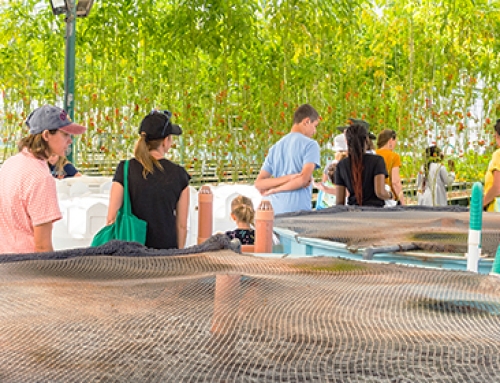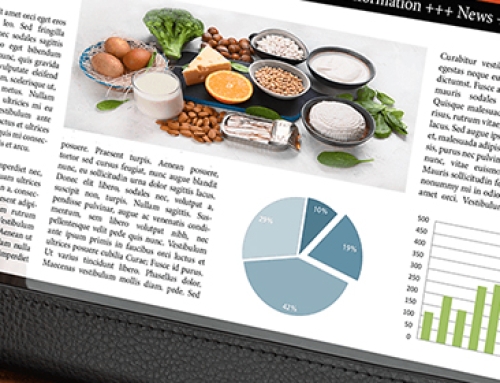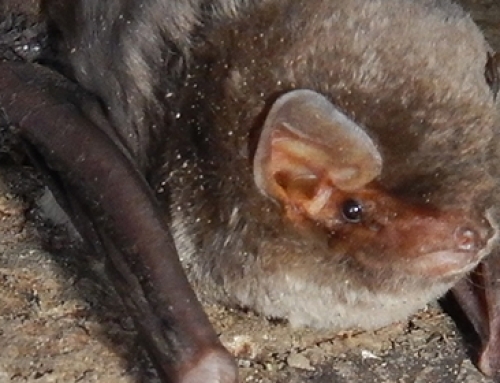Horses have an acknowledged capacity for distinguishing between people they know and people they don’t know. This ability suggests that familiarity level can influence horses’ tendency to engage again with the same person. But simply getting to know each other is not enough! The type of interaction with the person and the activity carried out are pivotal for interpreting the animal’s emotional status. This becomes all the more significant if the interaction concerns animal-assisted interventions.
Researchers from the National Reference Centre for Animal-Assisted Interventions (CRN IAA) of the Istituto Zooprofilattico Sperimentale delle Venezie (IZSVe) observed how different levels of interaction and familiarity with humans influences horses’ emotional state, specifically their heart rate as a physiological response regulated by the nervous system. The study has been published in the scientific journal, Frontiers in Veterinary Science.
Heart rate as a physiological variable
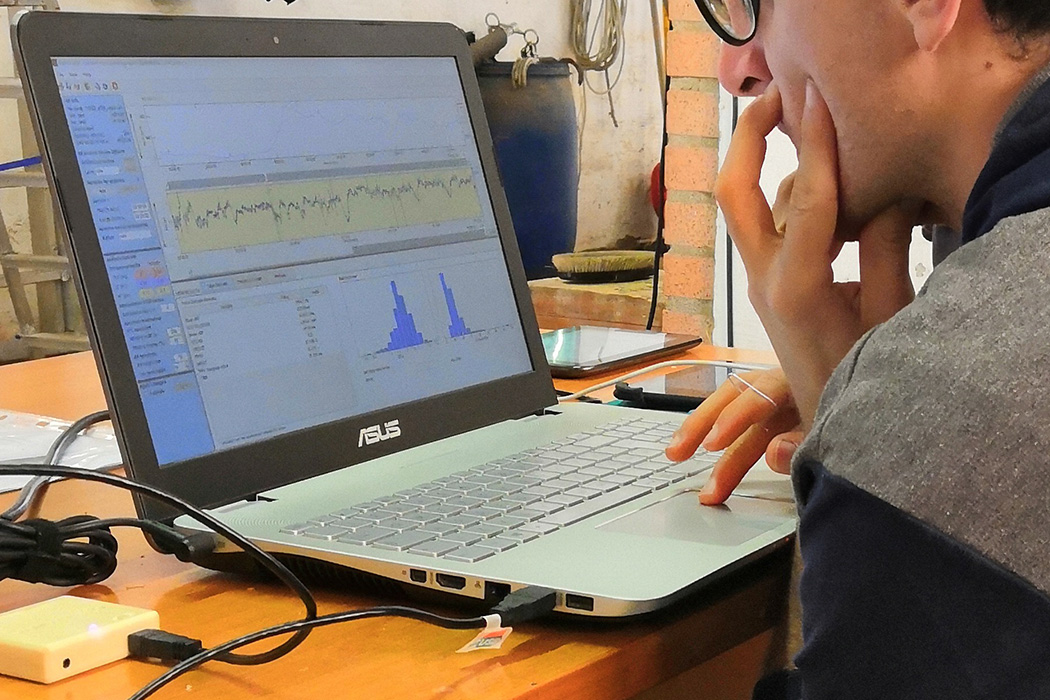
Researchers from the National Reference Centre for Animal-Assisted Interventions (CRN IAA) of the Istituto Zooprofilattico Sperimentale delle Venezie (IZSVe) observed how different levels of interaction and familiarity with humans influences horses’ emotional state, specifically their heart rate as a physiological response regulated by the nervous system.
Although behavioural analysis is the most immediate way to assess reaction to stimuli, physiological response is at present needed to corroborate behavioural data. The physiological variables most widely used in relation to animal behaviour reflect the activity of the autonomic nervous system, comprising two anatomically distinct but synergic subdivisions: the sympathetic and the parasympathetic nervous systems. Bodily homeostasis is maintained by the balanced activity of these two branches.
The IZSVe study monitored the following physiological variables:
- heart rate: the number of heart beats per unit of time, whose frequency is slowed by parasympathetic or accelerated by sympathetic activity;
- heart rate variability: describes variations in cardiac activity in the time intervals between consecutive beats, reflecting the interplay between sympathetic and parasympathetic system activity.
Three levels of interaction
A total of 23 horses of mixed sex, age and breed were selected from 3 different equestrian centres in Italy, together with volunteers who were known and unknown to the horses. The interaction protocol was divided into 3 levels and performed with a randomly selected familiar and unfamiliar person for each horse:
- no interaction: the horse and person were kept separate and could neither touch nor see each other;
- voluntary exploration: the person remained motionless while the horse was free to approach them/sniff them;
- physical contact: the person groomed the horse with a brush.
The physiological data collection systems, developed by a start-up based at the University of Pisa, provided a minimally invasive solution for the horses, without interfering with unconscious emotional responses.
Contact relaxes the horses
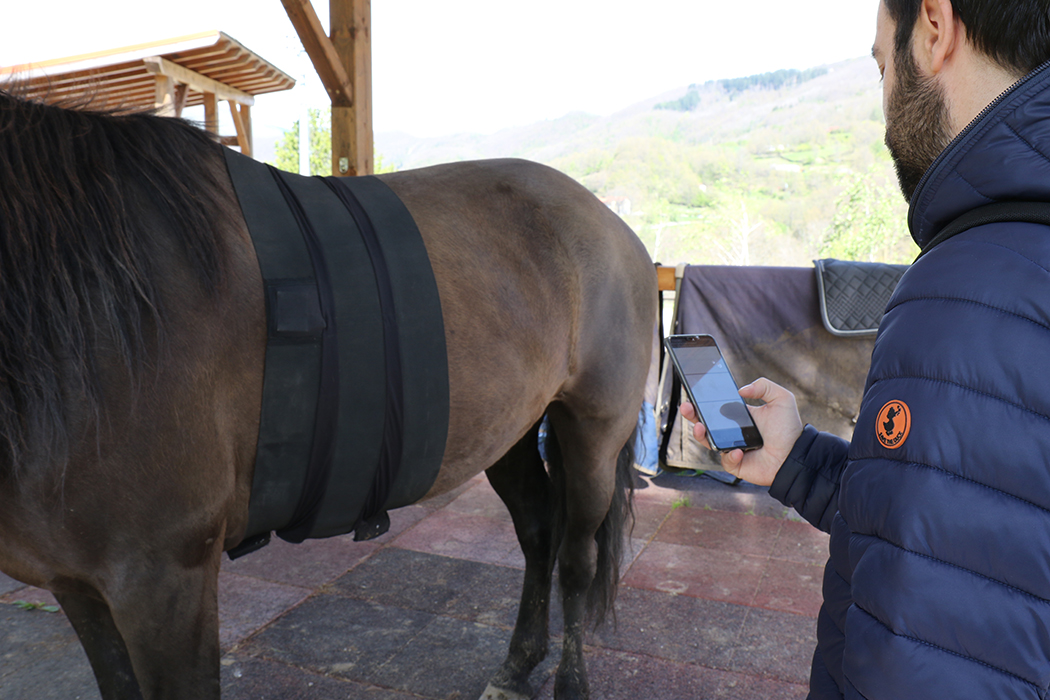
The study shows that the level of familiarity with the person handling and engaging with the horse is key to making the animal feel at ease. This is truer still when the interaction involves physical contact between the two. The physiological data collection systems, developed by a start-up based at the University of Pisa, provided a minimally invasive solution for the horses, without interfering with unconscious emotional responses.
The results showed a difference in the horses’ cardiovascular dynamics, indicative of their emotional state, according to both type of engagement and level of familiarity established between horse and handler. The study interaction protocol acts as sort of intimacy gradient for contact: starting from no visual/physical visual contact, transitioning to an exploratory session, and ultimately engaging in actual physical contact. Contact generally led to the lowering of stress levels in the horses, reducing both signs of fear and heart rate.
However, the most significant findings resulted from the comparison between familiar and unfamiliar persons. The horses were more relaxed when physical contact was established and when said contact was with a familiar person. This finding confirms that horses recognize familiar persons with whom they have created a positive relationship, indicating a robust association between emotions and memory.
The study shows that the level of familiarity with the person handling and engaging with the horse is key to making the animal feel at ease. This is truer still when the interaction involves physical contact between the two. “Touching” someone familiar activates individual-specific emotional memory, triggering an emotional reaction in the animal, which in this case is positive.
Multidisciplinary research in the future of AAI
The study, funded by the Italian Ministry of Health, adopted a multidisciplinary approach involving various areas of expertise: engineers (Feel-ING s.r.l.), veterinarians (University of Pisa and CRN IAA), ethologists (CRN IAA), and psychologists (University of Padova). Measuring the emotional states of animals is of interest in various fields, including animal welfare. The study of positive emotions and methods for prolonging them is a promising pathway towards improving animal wellbeing.
The National Reference Centre is deeply committed to these lines of research since AAI is one of various fields of study and work that benefit most from a multidisciplinary approach. Broadening the focus to the interaction with humans and the opportunity to understand what an animal “is feeling” when it engages with a human being is of paramount importance.
Read the article in Frontiers in Veterinary Science »




